Teaching math remotely has quickly become the new norm. As overwhelming as it might sound at first, there are actually tons of useful, easy-to-use resources for teaching math. The teaching community has, once again, pulled together to help each other overcome another challenge: navigating the remote learning process.
Let me hook you up with some top strategies for teaching math digitally, whether you’re teaching math remotely, teaching from home, in the classroom, or are using the hybrid model.
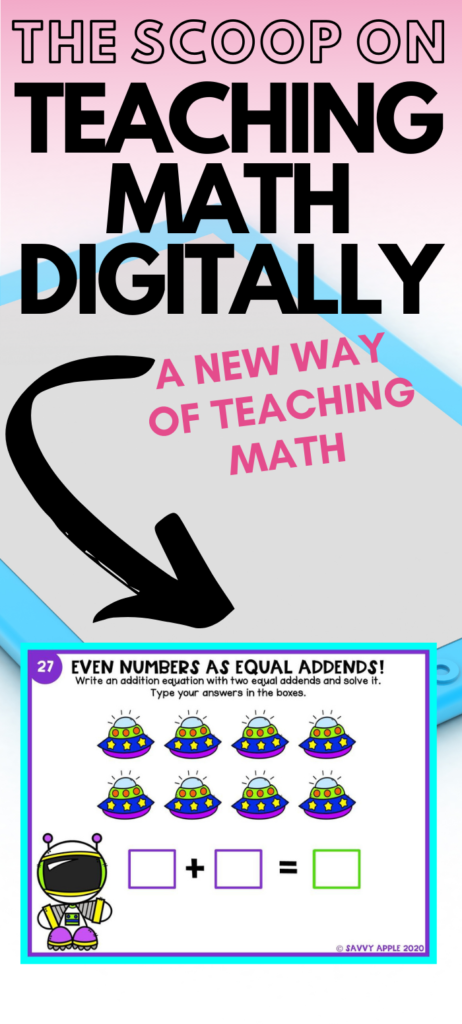
A New Way of Teaching Math
It’s clear that educators have had to quickly adjust to a very different learning environment than what we’re used to. We’ve had to abruptly embrace a very new way of teaching math to our students. In our traditional classrooms, we’re so used to tangible math manipulatives. In fact, we depend on them for our students to have that “hands-on” experience. So how on earth do we do this remotely?
Thankfully, there are some super kick-butt methods for teaching math digitally. And luckily, our kids are really starting to get the hang of this whole distance learning thing! Even though change can be scary at first, our students are quite resilient, adapting quickly with the right tools and resources.
Resources for Teaching Math Digitally
Let’s chat about the types of resources that have been most effective in the digital learning world. Hands down, Google Slides (and other Google Apps) have had an amazing response from teachers, parents, and students. They can be super fun and engaging and can be easily shared and assigned to your students through Google Classroom. Once you have your Google Classroom set up, sharing your Google Slides activities with your students is a breeze. Plus, all of the Google Apps are completely FREE of charge, making them highly accessible.
How Do We Make Digital Activities Fun, Engaging, and “Hands-on?”
Well, the truth is, educators and resource designers are doing what they do best! They’re being flexible, innovative, and thoughtful in their creation of learning resources (aren’t they always?!). Educators, by nature, have a knack for figuring out what their students need – for adapting the learning environment when necessary.
With the flexibility of Google Slides, we are able to create almost anything imaginable for our students. We’re just getting creative with how we pull it off. Believe it or not, you can still pretty much cover EVERY single curriculum point digitally (most of them anyway!).
One great way to make digital math activities fun is to create interactive task cards with movable images (e.g. blocks, Bingo chips, and shapes). We can also add textboxes to our activities so that students can type their work and answers out, similarly to how they would on a worksheet.
Let’s take place value, for instance. What manipulatives do we use to teach ones, tens and hundreds? Drum roll…did someone say base ten blocks? Yeppers! Well, who says we can’t use base ten blocks digitally? ‘Cause we can!
Check out this place value resource, for instance. How fun is this?! Kids can take their digital base ten blocks and move them around to compose and decompose numbers! Curriculum point…check!
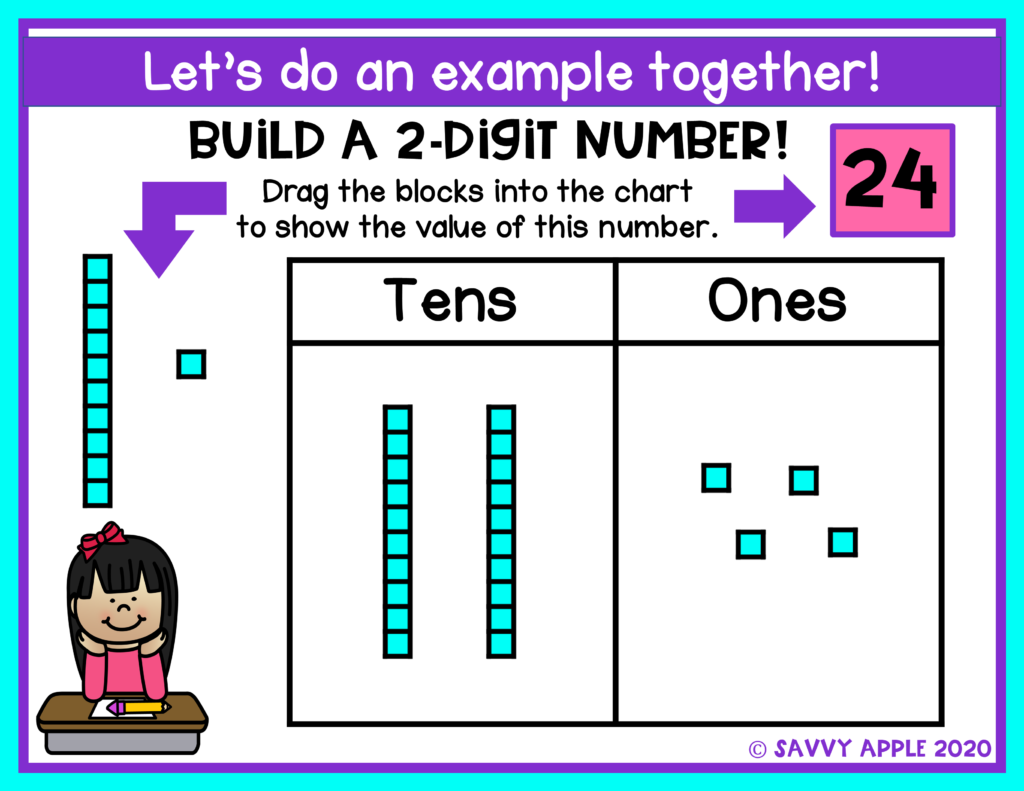
What about geometry? How on earth do we teach geometry digitally?
Well, all those fun activities we do with our littles, like building designs with pattern blocks, sorting shapes, recognizing shape attributes, splitting up shapes into equal shares – all of these CAN be done digitally. And guess what? Kids are LOVING these Google Slides activities!
Take a look at this Google Slides geometry activity. Kids can learn a lot about 2D and 3D shapes and their attributes. They can practice identifying and counting edges, faces, and vertices, and can type their responses directly on the task cards. And if you’re using Google Classroom, this is a BONUS, ’cause they can “submit” their work to you with just a click!
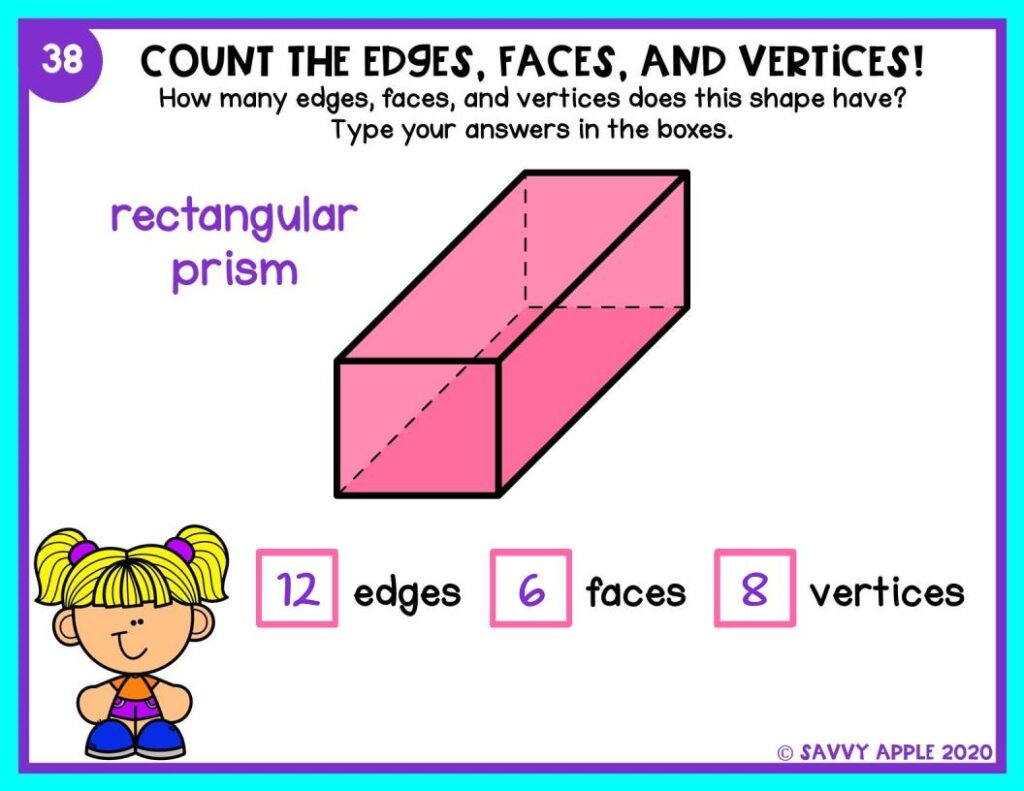
Students can practice sorting shapes, too! Check out this fun “feed the monster” activity, for example.
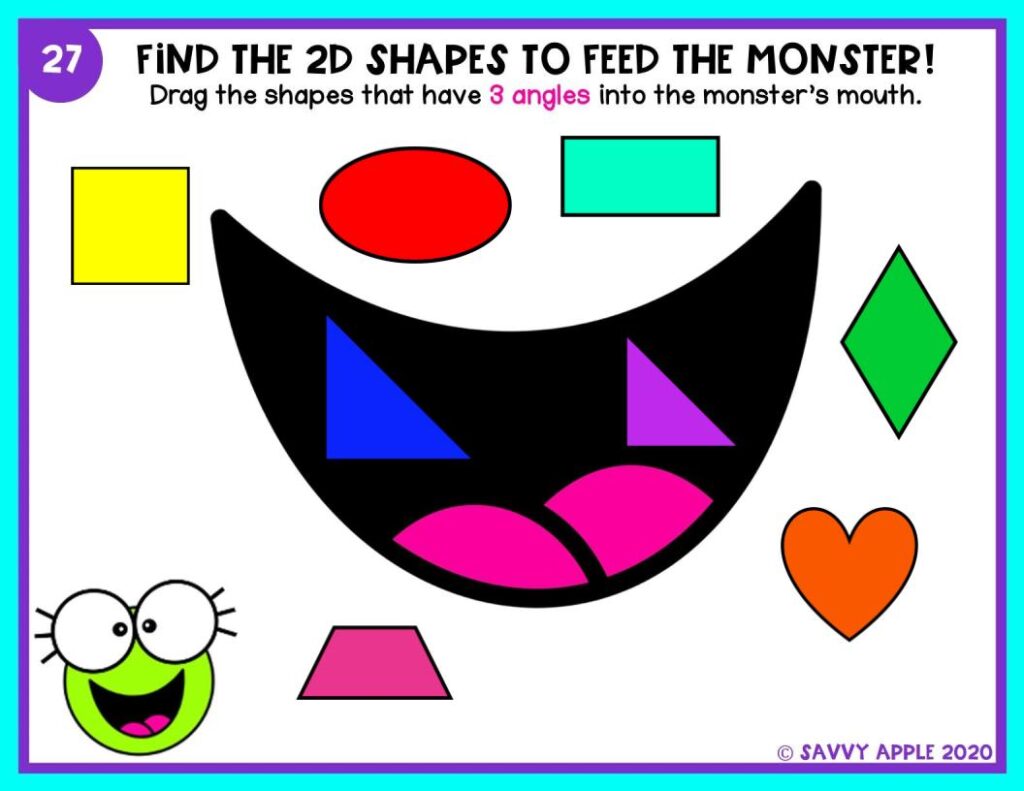
And fractions, oh fractions…who doesn’t love a good pizza activity?! Well, here you go! Pizza fractions done digitally woohoo!
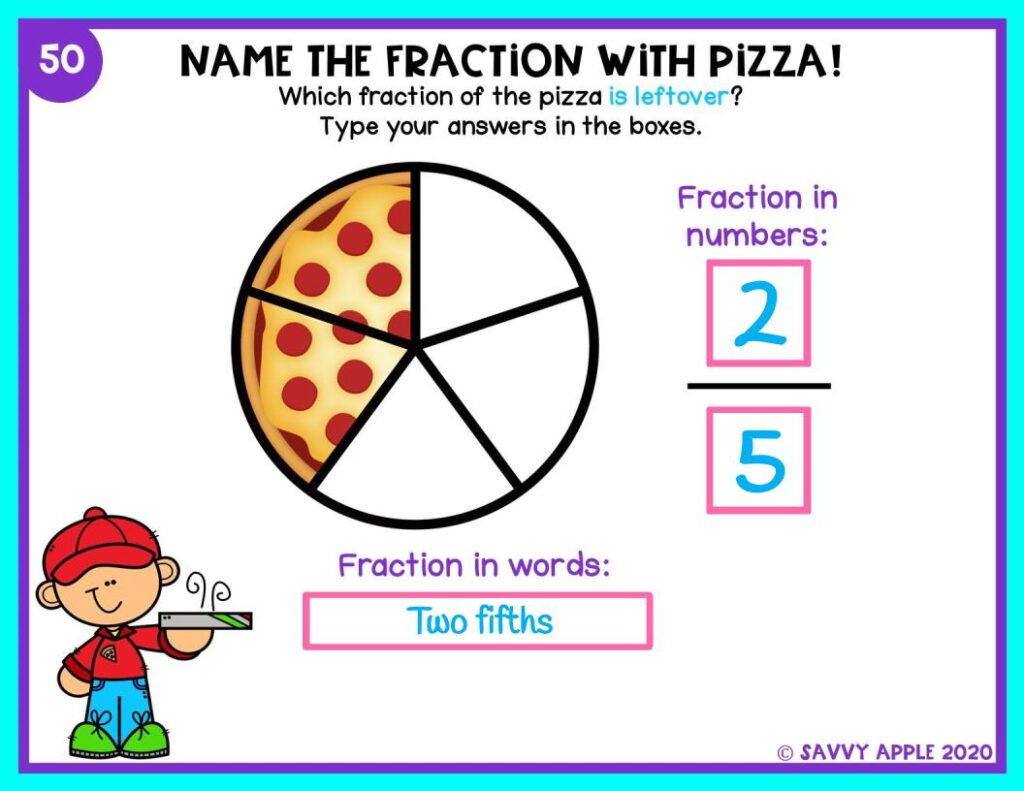
But wait…how do we partition shapes digitally?? That’s impossible! Nope, wrong! Here’s one way to do it…
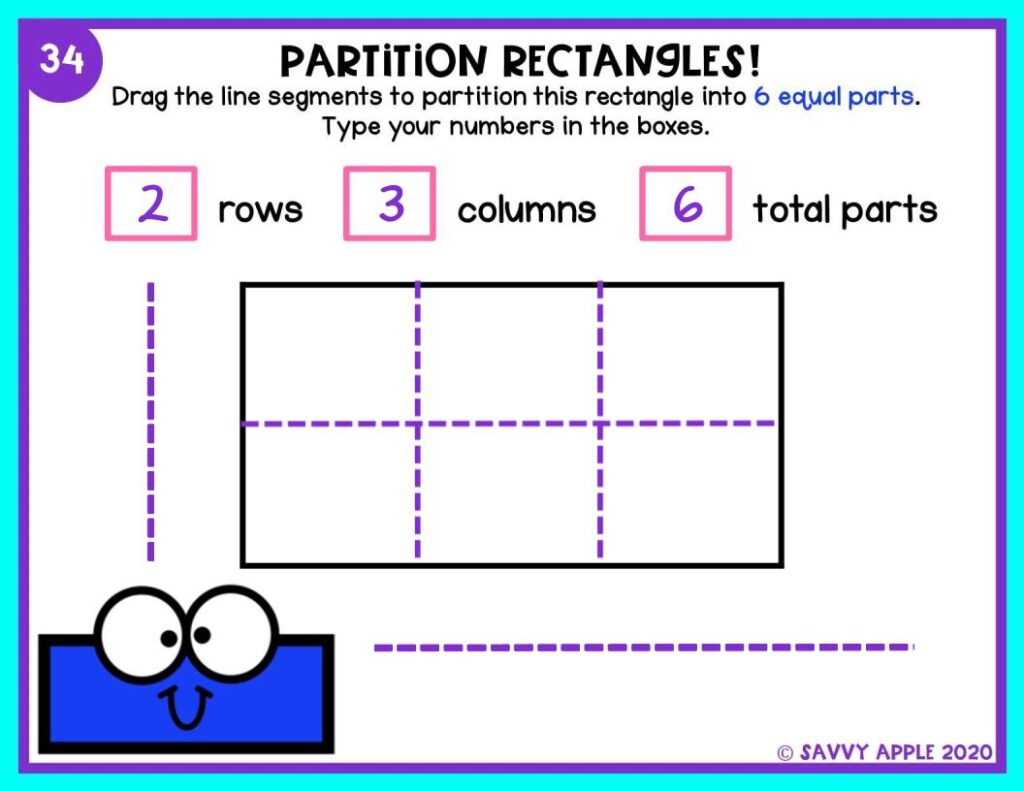
The point is, we can still build a solid foundation using digital math activities with Google Slides.
The distance learning environment might not be our preference. But you know what? Just make it your own, and let your teacher vibe shine through, just like you do in your regular classroom! Your kids will have a blast, and they’ll still learn what they need to.
This new way of teaching math has become the “hands-on” in the distance learning world! And honestly, the possibilities are endless. Us teachers just have to really think, how can we transform our in-person lessons to something digital that we can send to our students during our remote teaching periods?
There’s so much more that we can chat about, but that’s for another day. For now, just remember that there really are some fantastic resources for teaching math digitally, and that they can be just as effective as in-person instruction.
Popular Resources for Teaching Math Digitally
Let me save you time trying to hunt for quality math resources.
Here’s a list of some popular digital math activities that will make your teaching life soooooo much easier, trust me!
- Place Value Activities for 1st Grade
- Place Value Activities for 2nd Grade
- Measurement Activities for 1st Grade
- Measurement Activities for 2nd Grade
- Geometry Activities for 1st Grade
- Geometry Activities for 2nd Grade
- Complete Math Curriculum 1st Grade
- Complete Math Curriculum 2nd Grade
- Place Value 1st Grade: FREE Sample
- Activities for 2nd Grade Math: FREE Sample
Hope this helps you out and encourages you to keep rockin’ it in the digital world! We got this, teacher friends!
Thanks so much for poppin’ by today, and I hope to see you again soon 🙂
Happy Digital Learning!
Jess @ Savvy Apple
“Don’t worry, be Savvy!”
Looking for more info about Digital Learning? Here are some related articles:
Tips to Set Up Your Online Classroom